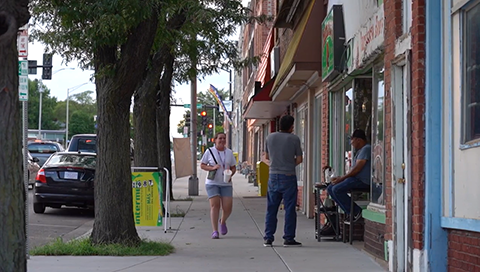Investing in people as our most-valuable assets
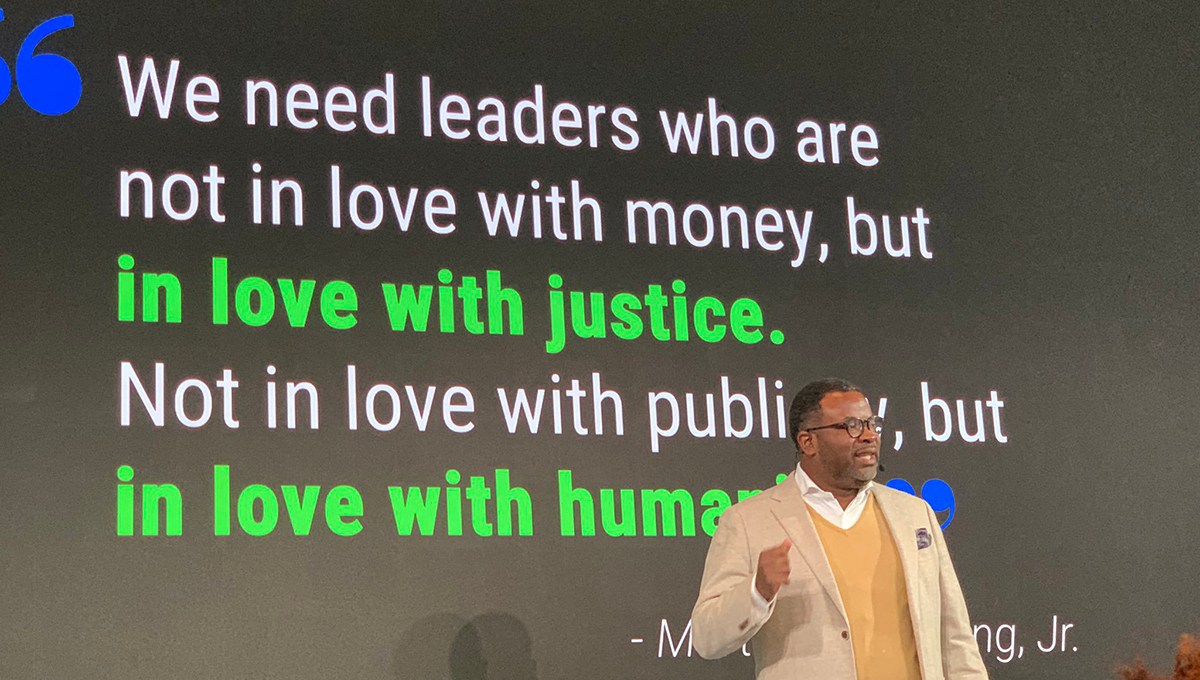
Kauffman Director of Education Sherman Whites proposes a shift in how we perceive philanthropy to confront the question, “How do we answer to call to care for each other?”
Voices
I’m making my routine morning drive, and as I approach a traffic signal, a familiar voice from the back seat inquires, “Daddy, are we going to help the homeless man on the corner?”
I didn’t roll the window down like I typically do, signaling that I’m about to provide someone with a bit of money or care package.
“No, not this time, baby.”
She probes, “Why do we help some homeless people, but not others? How do you decide?”
I spent the remainder of the day pondering this question. Philanthropy is my day job, but on the way to my daughter’s school, I faced the decision that so many of us face every day. This decision tree in our head – that is, the criteria for how we decide to give, and why we decide to give, or not. Technically, giving to a homeless person at the traffic light is philanthropy: promoting the welfare of others, through charitable giving. Why don’t more of us do it? It actually comes with a bit of risk, right? And (more importantly) the impact is unknown.
Essentially, the question my daughter was asking is this: How do we answer the call to care for each other?
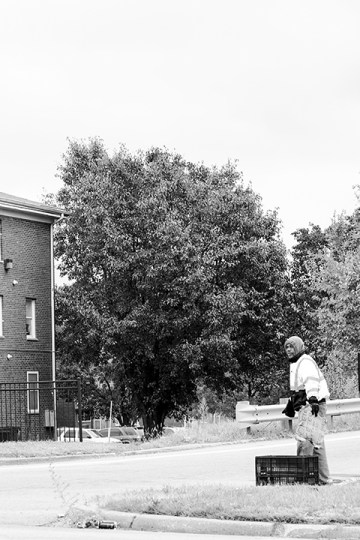
Consider yourself an investor
As we explore ways to collectively impact the world around us, with our time, talent, and treasure, I want to propose a shift in thinking. Rather than looking to philanthropists to remedy the ills of society, we should seek out (and consider ourselves) investors.
Philanthropy implies charity, which presents an inherent power dynamic and yields limited outcomes. Investing implies an infusion of resources into an asset; by definition, an asset is something you value.
How do we demonstrate that we value something? When we discover something of value, we want to cultivate it. Invest in it the resources necessary to ensure a return on our investment.
The asset of greatest importance, however, is people. Raw talent and energy that can be fueled to shift from potential to kinetic.
In philanthropy, we provide resources for people … usually with favorable pedigrees – visionaries with strong resumes that demonstrate a passion for change. As investors, however, we should seek out the leaders who are most proximate to the problem we are seeking to address and have a level of experience to draw on during the design of a potential solution.
For example, in Kansas City, we invest in leaders like Edgar Palacios, who is working to develop a pipeline of Latinx educators to ensure teachers are more representative of the students they serve.
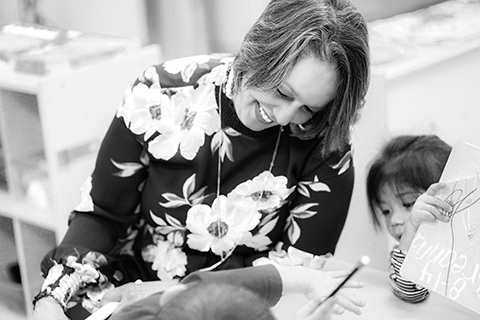
Investing in people as assets also forces us to take seriously the person who is not looking to scale an idea by 10-times, rather, simply looking to have transformative impact in their community. Deidre Anderson runs an early childhood center that integrates STEM programming, art therapy, and wraparound supports for parents. She’s not worried about scale just yet. She wants to ensure that the parents she currently serves have the best educational experience for their children.
Investing in people as assets will lead to organic, authentically engaged leaders who will advocate for systems-level change in communities. Rev. Darron Edwards is a member of a fellowship program where faith and civic leaders come together each month to explore topics related to education. He is already a leader in his community; the fellowship offers him tools and resources that allow him to elevate his voice as an advocate for equitable education, to make the Kansas City region a proof point for what education excellence can look like.
We best take care of people when we help to build them up. How can we use our experience and skill sets to help build capacity in a high-potential leader that represents a neighborhood in need?
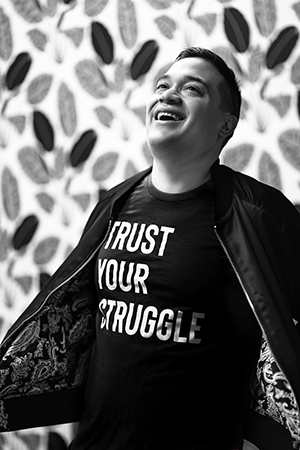
Many of our leaders from high-potential communities experience a variety of operational challenges related to strategy, governance, fundraising, and financial management. Rather than creating a new entity and hiring these indigenous leaders to be a part of your team, what could the impact be if we invested in their potential as leaders, and helped them build strong organizations?
After all, investing in people that are not proximate to issues they are trying to solve actually comes with a bit of risk. More importantly, we’ve measured the impact, and we know that it is limited.
My daughter and I still occasionally see the man at the traffic light. This isn’t the part where I tell you that I have invested in him to start an organization to eradicate homelessness. This is the part where I tell you that, as an investor, I have humbled myself to see him as more than a subject to be studied, more than a performance metric, and that I have shifted my thinking about who he is, which I believe empowers him and his lived experience.
Dr. Martin Luther King Jr. once said, “We need leaders who are not in love with money but in love with justice. Not in love with publicity, but in love with humanity.”
Rather than asking, “What can I create?” consider asking, “Who can I invest in?”
Uncommon Voices columns bring new perspectives and opinions on topics related to the Kauffman Foundation’s work. If you have an idea for a column, please read the guidelines for contributors.
